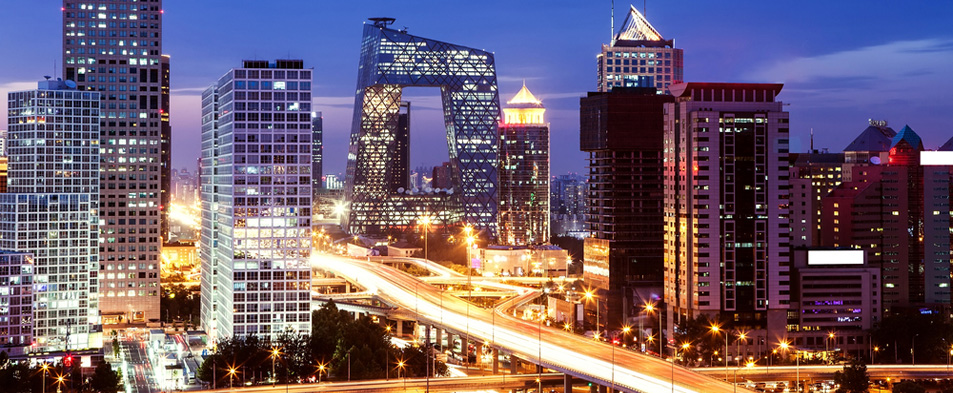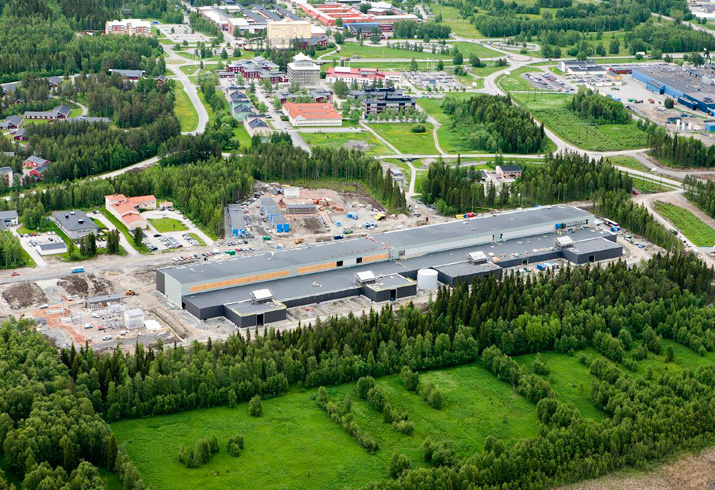Chinese government may ban high-PUE data centers

In China, despite some problems with the economy, the number of data centers continues to grow rapidly. This is not surprising, since in the Celestial Empire the number of users of their own Internet services is constantly growing. To serve the growing needs of Internet users, more and more new DCs are required.
Now in the country there are already about 400,000 data centers. At the same time, there is no talk about any “green” technologies. Most Chinese data center operators use cheap energy produced in thermal power plants. The government of the country decided to fight this practice, demanding from the owners of data centers to reduce energy consumption and increase "green" standards. Among other measures, Chinese officials are proposing to ban work for data centers with PUE above a certain value. Let me remind you that PUE is defined as the ratio of the total power consumed by the entire data center to the power consumed directly by IT equipment that is involved in the processing and storage of data from this data center.
Work on cleaning the environment by reducing the number of "dirty" data centers is carried out in two directions. The first is to increase the energy efficiency of the data center, and the second is the gradual transfer of data centers to electricity from renewable energy sources.
')
Beijing is ahead of the rest
A pilot project has already been launched in the capital of China, the goal of which is to increase the energy efficiency of data centers. The most interesting thing is that so far Chinese officials have not created regulatory standards regarding the energy efficiency of DCs. But the authorities of the capital of the Middle Kingdom nevertheless decided to take the initiative and impose a ban on the work of data centers with PUE above 1.5.
A number of companies whose DCs do not meet the new standards have already begun to transfer their equipment outside the city. It may well be that the authorities in other cities of the country will soon introduce similar measures against “dirty” data centers.
Most of China’s data centers have a PUE of 2.2 (national average). This is much higher than in data centers that operate in several European countries and the United States. As for the States, here the average PUE is 1.9. The most energy-efficient data centers in the country show a PUE of 1.2.
And what about colleagues?
The largest "green" DCs are built by the largest US corporations . These are Facebook, Google, Microsoft, Amazon and others. Microsoft, for example, in 2014 transferred its data centers to alternative energy sources, including solar farms, wind farms, biogas, etc.
Google is now also gradually converting its data centers to renewable energy sources. Similar attempts are being made by Amazon and Facebook. For three of their new data centers in Amazon, they decided to build a wind power station. They have almost been built, and their total capacity is 820,000 MW * h. That's enough to power the company's data centers in Ohio. Now the company's wind power stations operate in North Carolina and Virginia, USA.

One of the Facebook data centers was built in Lulea, a region that, as mentioned above, is just 60 kilometers from the Polar Circle. They decided to build a data center at the confluence of the Lule River into the Gulf of Bothnia. The average annual temperature here is only 1 degree Celsius. By the way, the energy efficiency ratio (PUE) for this data center is only 1.07, while the average for other data centers is 1.6-1.99. The company uses in this data center only the energy received from the hydroelectric station. She was placed on the river, located nearby. Due to this fact, the company managed to reduce the number of spare generators by 70%.
Yes, and Apple is not far behind - the latest DC corporation receives energy from solar farms and biogas. Apple's solar power plants (there are two of them) produce 42 million kWh of energy each. The company receives 84 million kWh of solar energy and about 40 million kWh of energy generated using fuel cells per year. That would be enough to supply about 11 thousand households with energy during the year.
What awaits China?
For a pilot project to improve the energy efficiency of data centers in China, the government of this country has developed a special document - Guidelines for Locating Data Centers. According to a number of provisions of this document, data centers of companies that are built in China should use modern server models, reliable energy management systems, as well as a number of "green" technologies. This includes cooling with outside air, and recycling, and water purification, utilization of excess heat and much more.
The Chinese are going to introduce a monitoring and control system for the country's data centers. The data will be collected regularly, and after analysis, reports on the situation in the telecommunications industry will be provided to the regulator. Data centers that meet the criteria will be placed in a special list on the government website. If a recognized “green” DC cannot support the parameters set by the government, it will be excluded from the list and can be closed altogether.
Third-party organizations, individual experts and service providers will be engaged in monitoring and verifying the work of the DC.
Operators of data centers in China are not in a hurry to switch to alternative energy sources and improve the energy efficiency of their business centers. The fact is that the Chinese representatives of the telecommunications industry have some doubts that data centers can still be reliable when using alternative energy sources. Plus, the modernization of DC requires a large amount of money and time resources.

However, the Chinese government is able to force business representatives to comply with their regulations. So, most likely, operators of DC will have to implement the provisions Guidelines for Locating Data Centers.
Some companies have already met the government. For example, the Allibaba Group installed solar panels on the roof of its data center in Guangzhou. True, so far this energy is enough only for lighting the office, but this can also be called the beginning of change. The same Allibaba Group has begun construction of a new DC, which will partially receive energy from alternative sources.
Source: https://habr.com/ru/post/310298/
All Articles